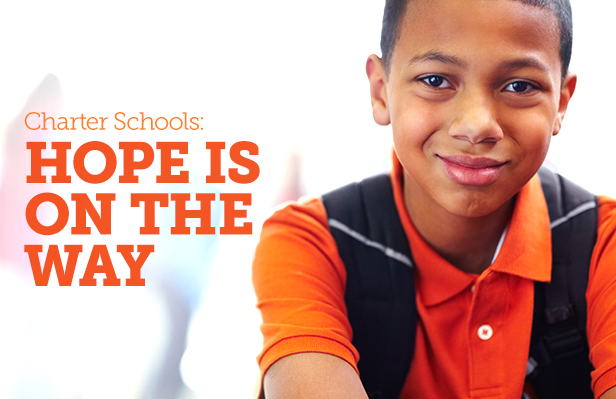Media

$35 Million Worth of New Charter Seats?
Philadelphia School Partnership (PSP)—a nonprofit that invests in a variety of schools across the city—is offering $35 million to the School District of Philadelphia to fund over 11,000 seats in new charter schools. PSP’s grant proposal seeks to eliminate any financial concerns and allow the School Reform Commission (SRC) to focus solely on approving the highest quality applicants.
This stunning development raises hope that Philadelphia families will soon enjoy greater opportunities. House Speaker Mike Turzai continues to support the approval of new charter schools in Philadelphia:
It’s up to the [SRC] to meet its obligation to save kids and grant the request of these families to let their kids go to quality charter schools.
Defenders of the educational status-quo were less enthused by PSP’s proposal. Lisa Haver, cofounder of the Alliance for Philadelphia Public Schools, urged the SRC to reject the donation:
PSP is very influential in this school district, but it doesn’t look out for the best interests of all the students. Schools are hanging by their fingernails to survive – schools that don’t have staff, full-time nurses, and full-time librarians. And now, out of the blue, this nonprofit group says, ‘Guess what? We have $35 million.’
Given Haver’s view that schools are “hanging by their fingernails to survive,” it’s odd that she opposes a significant infusion of funding.
The majority of PSP’s grant is intended to finance the “stranded costs” incurred by the district when students flee to charter schools. According to PSP’s calculations, these stranded costs amount to approximately $2,000 per student. District advocates claim these costs are closer to $7,000 and recur for multiple years.
In 2012-13, Philadelphia public schools spent over $14,000 per student. It is quite a stretch to claim that half of the district’s per-pupil costs are fixed over the long term. An estimate from the Friedman Foundation finds that fixed costs amount to one-third of total per-pupil education spending. The remaining two-thirds are variable costs that can be adjusted based on enrollment changes.
Although education dollars flow from the school district to charter schools, funding does not “belong” to one system or the other. The dollars “belong” to students who are educated in Philadelphia public schools—be they charter or not. Education funding should always follow the student—not prop up a system.
Surely this $35 million donation can go a long way toward improving education for thousands of Philadelphia families desperate for better, safer schools.